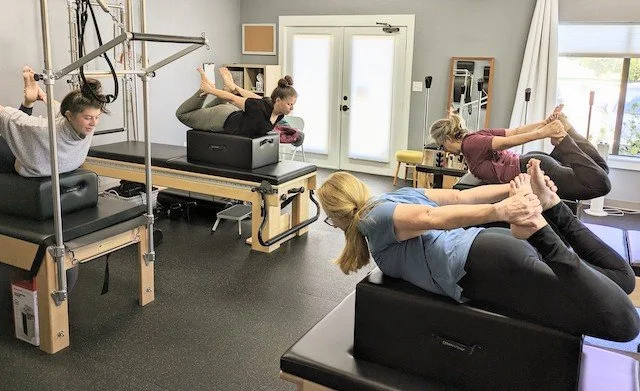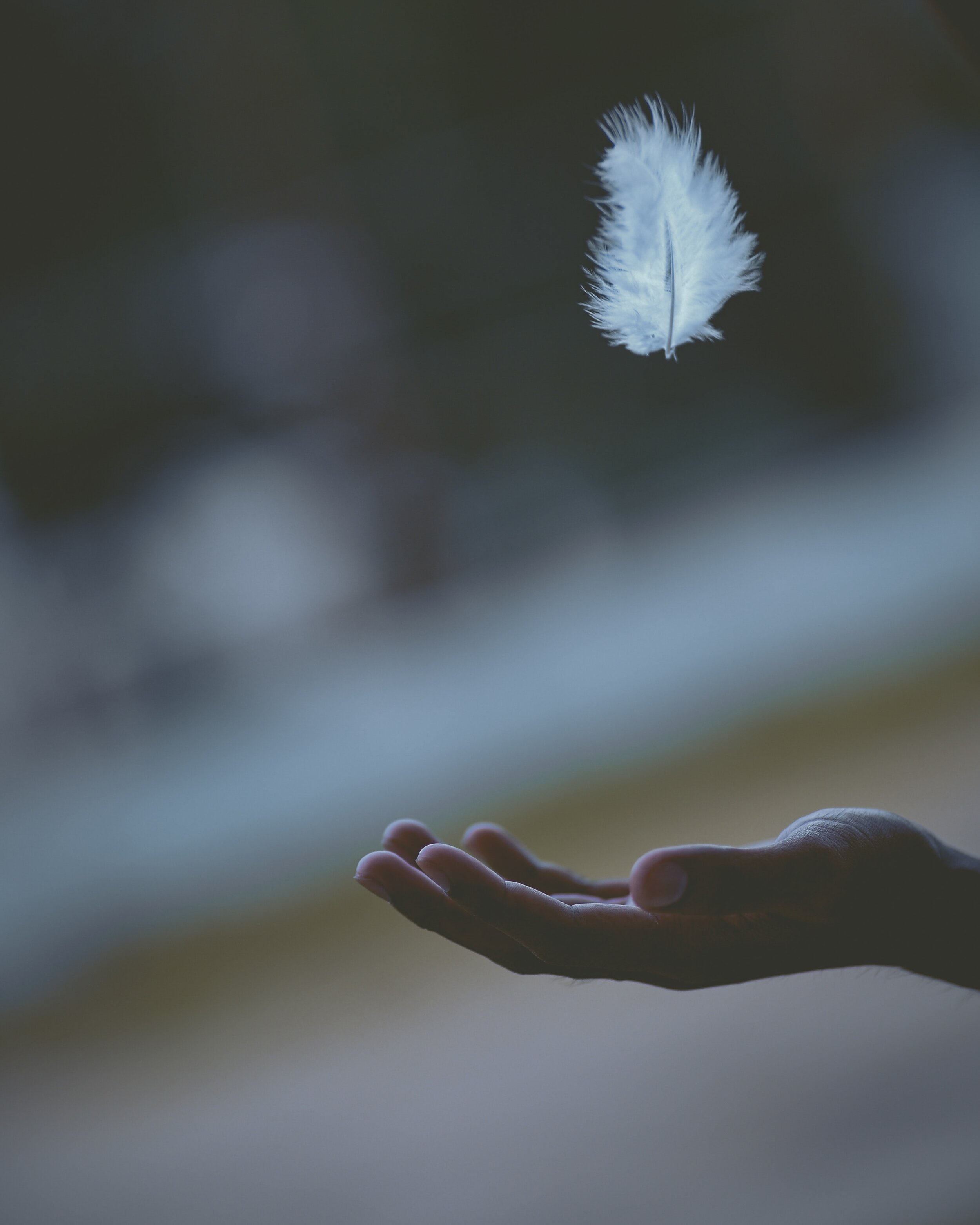This month at Soma Lux, we’re exploring what it means to find freedom in movement—on the mat, on the equipment, and most importantly, in our everyday lives.
At first glance, Pilates might seem all about control—precise movements, strict form, and focused breathing. And that’s no accident: Joseph Pilates originally called his method Contrology, believing that “Contrology develops the body uniformly, corrects wrong postures, restores physical vitality, invigorates the mind, and elevates the spirit.” But while control is part of the method, it’s not the end goal.
The deeper purpose of Pilates—and truly any mindful movement practice—is freedom.
As we build strength, stability, and awareness in our bodies, we begin to unlock the ability to move with more ease, confidence, and joy. We stop bracing all the time. We stop overcompensating. We let go of tension we didn’t realize we were holding. We begin to trust our bodies again—knowing we can reach, twist, lift, balance, and live more fully, without fear of pain or injury.
As Ron Fletcher—a first-generation Pilates teacher and former Martha Graham dancer—put it:
“Movement should be approached like life— with enthusiasm, joy, and gratitude… for movement is life, and life is movement, and we get out of it what we put into it.”
In that spirit, Pilates becomes not a discipline to confine us—but a foundation that can actually help free us.
The same philosophy was echoed by Kathy Grant, one of only two people ever certified to teach Pilates by Joseph himself, who believed in tailoring the work to meet the needs of each body. She once said:
“Find the place where you’re free. That’s where the movement begins.”
At Soma Lux Pilates, our mission is to help you find that place. Located in the heart of Dripping Springs, Texas, we’re a boutique Pilates studio offering personalized, equipment-based instruction that supports your individual goals—whether that’s recovering from injury, building strength for everyday life, or simply feeling more confident in your body.
We’re proud to serve the Dripping Springs community with a unique blend of movement education, hands-on support, and small group or one-on-one sessions tailored to meet you exactly where you are.
So whether you’re supporting your body through aging, managing physical limitations, or striving for greater vitality, know this: every session you take is building a foundation. From that foundation, freedom becomes possible—not just in Pilates, but in life.
Let’s celebrate that this July—together.
















